A deep dive into the labor movement in sports
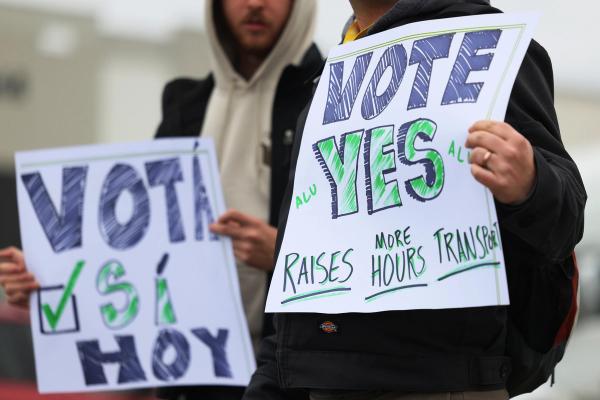
📚 The details
The North American labor movement began out of a need to protect workers’ common interests. While workers tried to use their collective power in the free-wage labor market for years, it was the Industrial Revolution that really saw the beginnings of labor unions.
So what is a union? A union is an organized group of workers who make decisions about the conditions at their place of employment. They function democratically, holding elections to choose representatives who negotiate with the employer on behalf of all members.
- Representatives do this through collective bargaining, where the union negotiates contracts and decides the terms of employment, like pay, benefits, hours, and health and safety policies.
We have unions and the labor movement to thank for things like ending child labor, ensuring safe working conditions, creating a 40-hour work week, and compensating employees injured on the job.
Fast forward to today, and employees are raising their voices and fighting for their fair share. But there’s still a lot of work to be done, particularly for women. Luckily, female athletes are scoring big wins by getting in on the bargaining game.
⚽ Women’s soccer: LFG
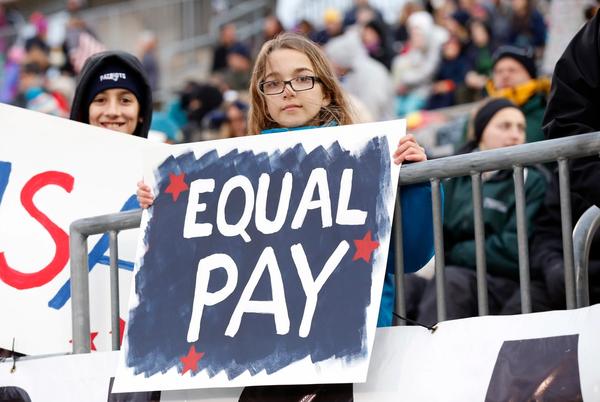
Let’s talk about progress in women’s soccer. In January 2022, the NWSL and NWSL Players Association (NWSLPA) agreed to their first-ever collective bargaining agreement (CBA) in the league’s 10-year history.
- Amidst the negotiations, in 2021, the NWSLPA launched a campaign called #NoMoreSideHustles, with some players detailing the extra jobs they had to work to support themselves on the league’s paltry $22K minimum salary.
- Then, in May 2022, the USWNT Players Association (USWNTPA) shattered a glass ceiling with a historic CBA of its own. After years of contentious litigation and negotiation, the U.S. Soccer Federation struck equitable labor deals with both the women’s and men’s unions. Truly, one nation, one team.
- And the battle for footy equity marched on from there. In the leadup to last year’s FIFA Women’s World Cup (WWC), CanWNT found themselves in a labor dispute, which included threats of a strike before the squad reached an interim funding agreement with their federation.
And things have only improved since then. As mentioned, the NWSL just inked a landmark CBA that grants players more agency, compensation, and benefits than ever before. In a first for a major American sports league, the NWSL eliminated the draft, allowing players to negotiate with teams in an open market.
- In terms of compensation, the league’s minimum salary is set to rise from $48.5K in 2025 to $82.5K by 2030. All the way up.
💰 NCAA: NIL and the end of free labor
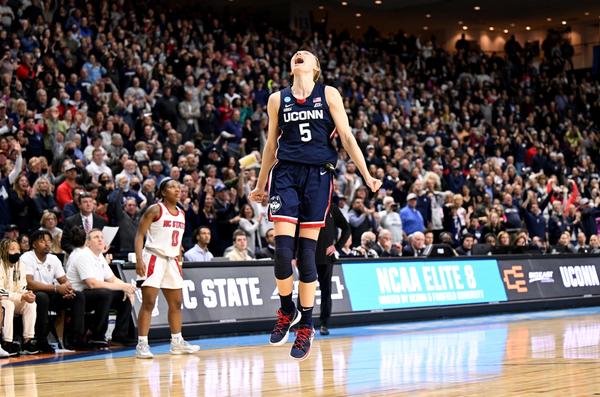
College sports have historically been untouched by discussions of labor organizing, primarily because the NCAA has always prided itself on amateurism, prohibiting any compensation for its athletes outside of scholarships and basic educational expenses.
- The main problem with that? Student athletes’ labor filled everyone else’s pockets. NCAA schools (and their sports staff) benefited from revenue driven by massive media rights deals and ticket and merchandise sales, generating nearly $19 billion (!!!) each year.
- As for the players? They were left risking life-altering injuries for subsidized education and living expenses (under $36K annually). The math was not mathing.
Then, on July 1st, 2021, the NCAA finally allowed athletes to profit off their name, image and likeness (NIL) by signing endorsement deals with companies. But the watershed moment only came after the NCAA was dealt a huge loss in the Supreme Court.
- On that note, a few months ago, the NCAA Board of Governors and Power
FiveFour conferences voted to settle terms in the House vs. NCAA lawsuit. The settlement grants back pay to some former college athletes and could alter the existing college sports business model.
- Starting in 2025, schools can opt to distribute up to $20M of their revenue directly to athletes each year, ultimately killing the NCAA’s amateurism model. Big ch-ch-ch-changes.
🏒 PWHL: A historic first
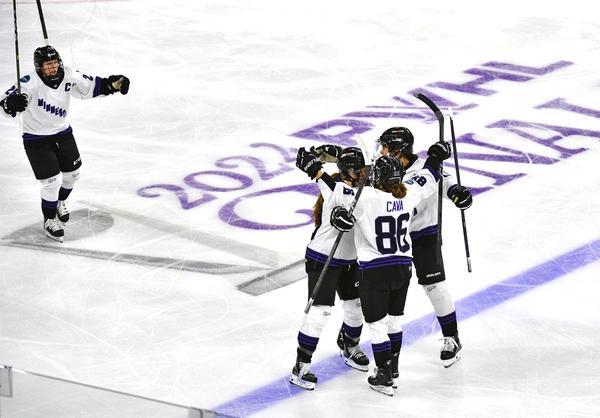
The PWHL sure knows a thing or two about making history. Before the inaugural puck dropped in January, the league became the first pro North American women’s sports league to have a CBA in place before its first game — a strategy inspired after the world's best players were treated unfairly in prior leagues.
- The CBA was unanimously ratified in summer 2023 and extends until July 2031. Notable components include a $35K minimum salary, salary-protected pregnancy leave, facilities for nursing mothers, and optimized scheduling and travel accommodations to prioritize player health and safety.
- However, no league is perfect, as the Walter Cup–winning PWHL Minnesota is in the middle of an investigation, facing troubling allegations of workplace abuse. As always, there’s more to be done.
🏀 WNBA: Count it
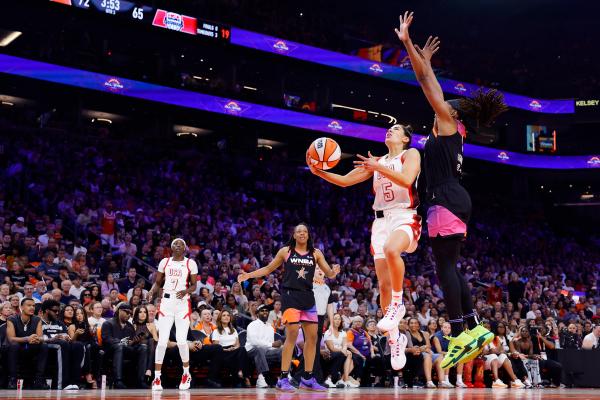
The WNBA leads the way when it comes to labor rights in women’s sports. The Women’s National Basketball Players Association (WNBPA) formed in 1998, just two years after the league was launched. In fact, the WNBPA was the first-ever labor union composed of pro women’s athletes.
- In the glorious year of 1999, the WNBPA negotiated the first CBA in women’s pro sports history. That deal included the implementation of year-round health insurance along with a nascent maternity policy.
- The W’s operated under four CBAs since, most notably signing a historic agreement in 2020 which brought much-needed salary increases, fully paid maternity leave, and improved travel, among other wins.
But with a momentous new media rights deal on its way in 2026, the players are expected to opt out of their existing CBA to negotiate a new one. In July, the W secured a $2.2B media rights deal — the most lucrative in women’s sports history. And that number is expected to grow as more media companies come on board. Talk about a slam dunk.
- With that progress in mind, the league has phased in a full charter flight program, and with a new CBA on the horizon, expect salaries and revenue share opportunities to increase too. It’s a marathon, not a sprint.
Enjoying this article? Want more?

Sign up for The GIST and receive the latest sports news straight to your inbox three times a week.

